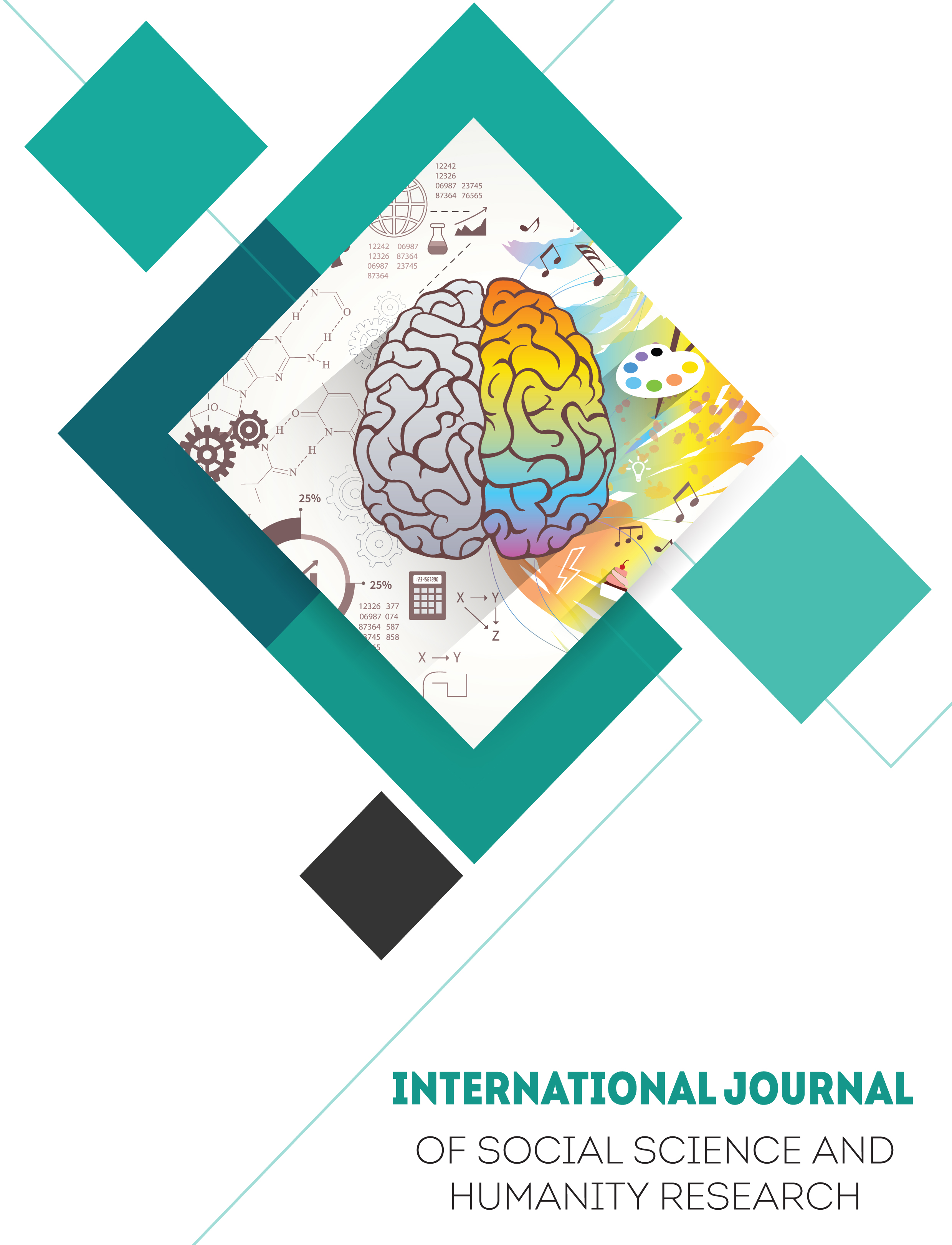A case study of the successes in health technology and medical instrumentation
Main Article Content
Abstract
"What we mean when we say "model" is therefore the process of actually sketching it out," is how one utilizes process to represent an activity. Specifically, the creation of innovative medical devices was covered in this chapter. The theme that emerged from the analysis of thirty-two papers was unrelated to human factors engineering or health technology assessment. As such, research that look at the best ways to convey data are few in number. We may state that "there hasn't yet been a thorough model developed in the literature.
By implementing a new strategy "investments," organizations may get a competitive edge and a higher financial return on their investment in product development. Additionally, it has been discovered that process modelling helps to increase the process's efficacy and efficiency. The modelling of the medical device development process. is therefore expected to be a helpful resource for companies and designers. Nevertheless, there are no "surefire ways to launch goods and services, including medical gadgets, onto the market. Put differently, this treatment is by no means a miracle.
The final decision on the best development strategy, tools, and presentation style rests with the designer and his or her organization. On the other hand, some guidance may be given. Too strict of rules, however, might hinder progress, therefore it's important to leave room for innovation and take into account the lessons from earlier sample projects. To sum up, the process must serve as a guide that permits modifications to be applied in specific cases.

